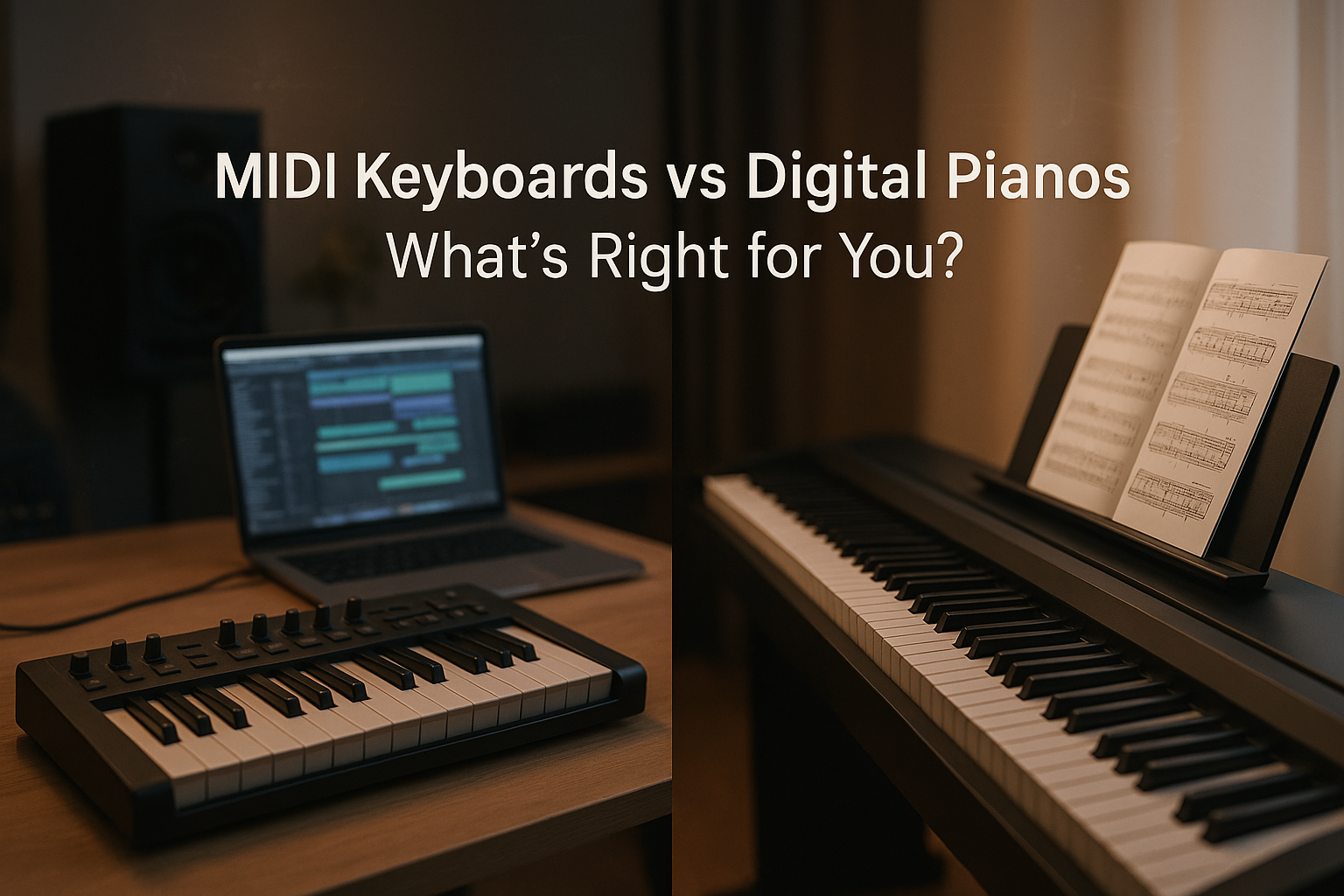If you are a music lover, you need to be well aware of the physics of sound as well. The fundamental basics of understanding “sound” underlies in the comprehension of Tempo and Time signatures! What is the connection between these two key concepts? Let’s find out.
Tempo The word 'Tempo' is derived from the Italian word for time. It is the key element used to describe how quick a music pieces performed. The higher the tempo is, the more lively the music becomes. In case of acoustic music, the playing style is approximated by the repetition of words. In Italian, that describes the intended pace of the music piece. To further classify it, let’s say, Tempo is the frequency of the beat, whereas Beats are an rhythmic emphasis that intervenes at regular intervals in the music chunk. Meter on the other hand, shows how each beat is further subdivided. Tempo does not control the bars or the note values. It basically aids you to an approximation of what to put in your metronome. Summing it up, Tempo is the defined speed of the music piece. Some of the most commonly known kinds of Tempo are: Grave: Plodding Allegro: Jaunty Presto: Fast Adagio: Relaxed
Time Signature But if you want to understand ‘Fast’ or ‘Slow’ music, we can associate tempo to something that everyone already knows: which brings us to Time measurement. We do this with Beats Per Minute, or BPM. So, a change in tempo can either be to a constant fixed tempo, or it can be "ramped". It can change smoothly to a different target tempo at a given future time. Each tempo change takes effect until the following one is reached. Hence any two consecutive tempo changes together describe a region that will be played at a constant or smoothly ramping tempo. The time signature indicates what kind of feel the beat of the piece has. For example: Take 4/4. The bottom number sets the beat. Here the quarter note does, and the top means how many beats that are in the measures. There are 4 in this case, so it can be 4 quarter notes, 2 half notes, 1 whole note, etc in a measure as long as it equals 4 beats. Therefore it brings us to the conclusion that a beat is a division of a bar, and both what kind of division and how much of a whole note is present in one bar. The former is defined by the time signature.
Here's an example of what it would look like:
Here's a reference to understand how the two work:





Share:
Fender Mustang I V.2 Guitar Amplifier BAJAAO Select - Review
How to Get a Good Metal Guitar Tone From Your Amp